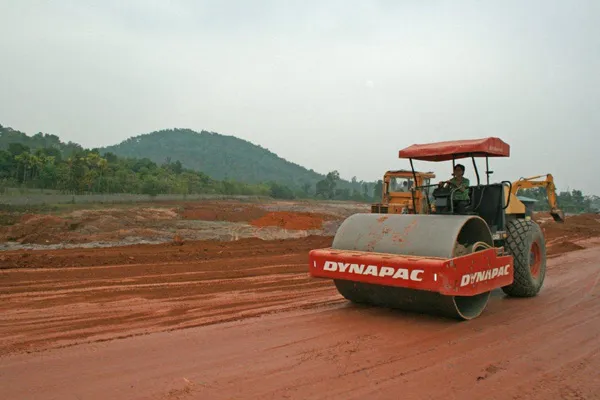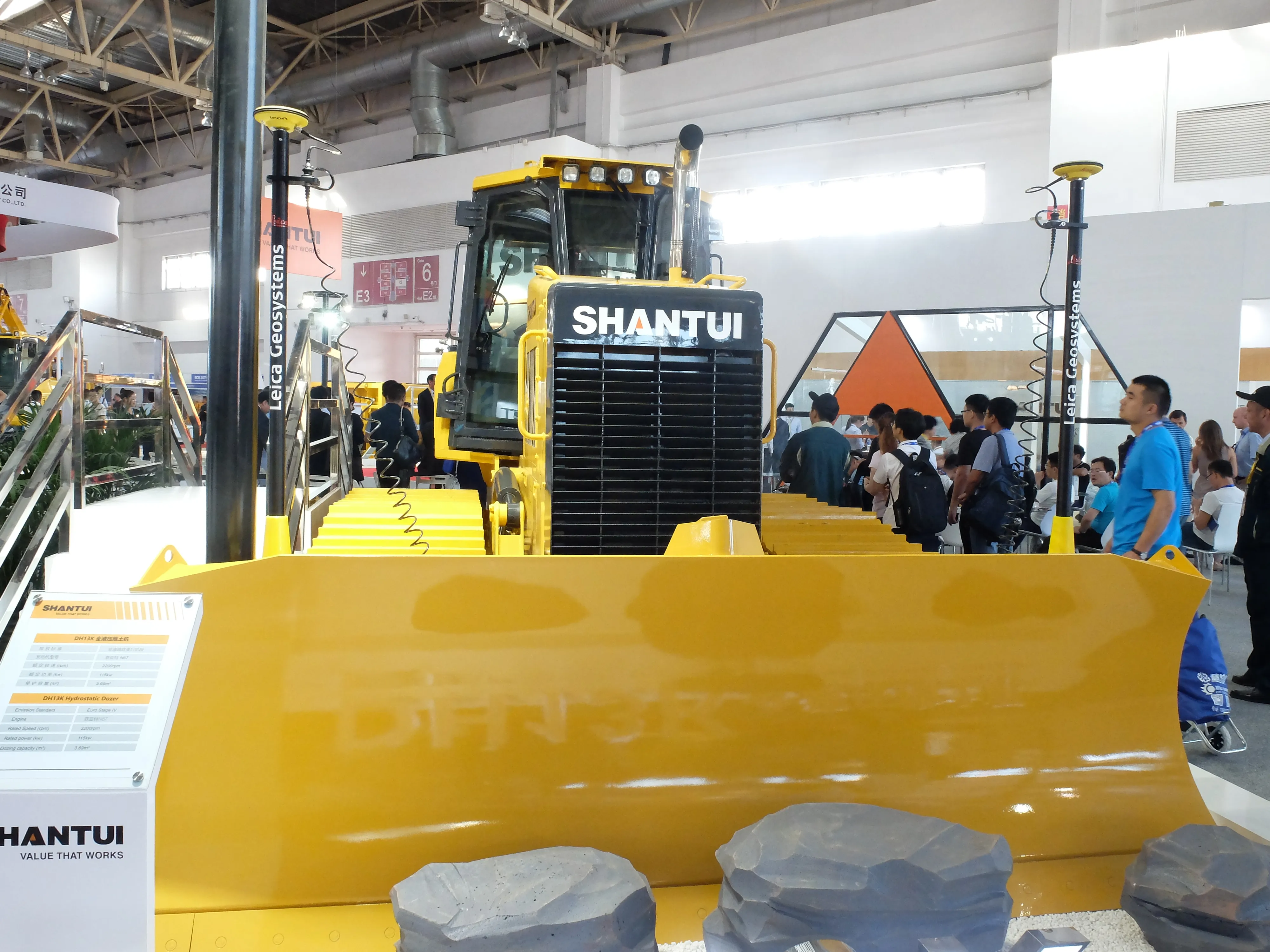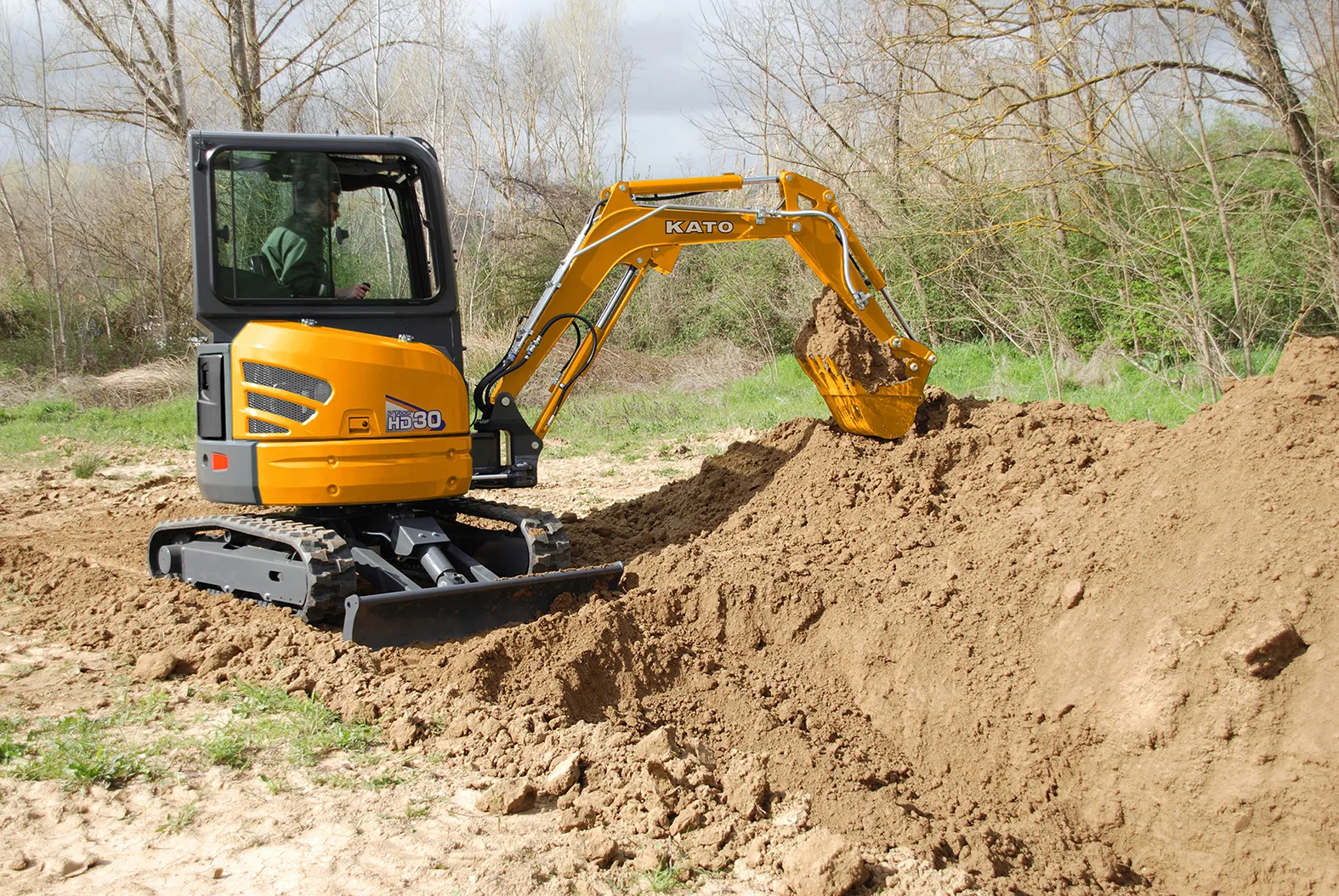A recently delivered Dynapac CA250 single drum vibratory roller is carrying out important soil compaction duties for Vietnamese contractor Phuc Thinh Co. The machine is preparing compacted earthworks for a new interchange on Vietnam's Hanoi-Thong Long highway, some 35km west of Hanoi. The CA250 is the company's first Dynapac and was purpose-ordered through local distributor V Long Co. According to a spokesman for the contractor, its specification was found to be highly suitable for the interchange project a
February 29, 2012
Read time: 2 mins

A recently delivered 206 Dynapac CA250 single drum vibratory roller is carrying out important soil compaction duties for Vietnamese contractor Phuc Thinh Co.
The machine is preparing compacted earthworks for a new interchange on Vietnam's Hanoi-Thong Long highway, some 35km west of Hanoi. The CA250 is the company's first Dynapac and was purpose-ordered through local distributor V Long Co. According to a spokesman for the contractor, its specification was found to be highly suitable for the interchange project and is proving very effective in the application.
Phuc Thinh's contract for the interchange includes preparing and compacting more than 500m of graded earthworks leading to the highway at a final height of more than 3m. After spreading and levelling, the CA250 compacts the material to a final layer thickness of 100-150mm, complying with the specified K100 compaction standard. In total more than 3000m2 will be compacted while preparing the interchange access roads by Phuc Thinh during the seven month contract. The CA250 has been designed to operate for long shifts in tough applications and can carry out compaction of most soils. It is powered by a Cummins 4BT 3.9C water cooled turbo diesel engine, rated at 82kW, features a maximum operating weight of 12.7tonnes and has a 2.13m wide drum. The single drum vibratory roller provides a nominal amplitude (high/low) of 1.7/0.8mm and a maximum static linear load of 31.9kg/cm.
The machine is preparing compacted earthworks for a new interchange on Vietnam's Hanoi-Thong Long highway, some 35km west of Hanoi. The CA250 is the company's first Dynapac and was purpose-ordered through local distributor V Long Co. According to a spokesman for the contractor, its specification was found to be highly suitable for the interchange project and is proving very effective in the application.
Phuc Thinh's contract for the interchange includes preparing and compacting more than 500m of graded earthworks leading to the highway at a final height of more than 3m. After spreading and levelling, the CA250 compacts the material to a final layer thickness of 100-150mm, complying with the specified K100 compaction standard. In total more than 3000m2 will be compacted while preparing the interchange access roads by Phuc Thinh during the seven month contract. The CA250 has been designed to operate for long shifts in tough applications and can carry out compaction of most soils. It is powered by a Cummins 4BT 3.9C water cooled turbo diesel engine, rated at 82kW, features a maximum operating weight of 12.7tonnes and has a 2.13m wide drum. The single drum vibratory roller provides a nominal amplitude (high/low) of 1.7/0.8mm and a maximum static linear load of 31.9kg/cm.









